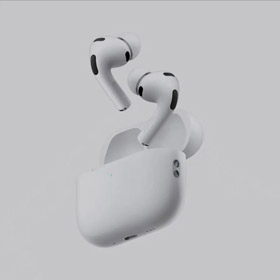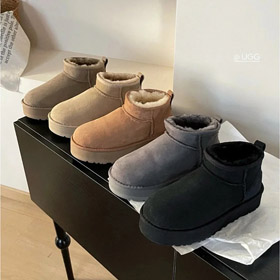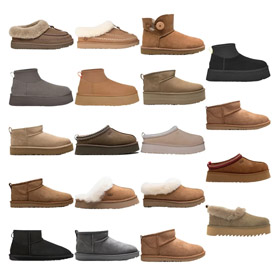Enhancing User Experience: How Shopping Spreadsheets Empower Reverse-Procurement Platforms
Reverse procurement platforms bridge the gap between international shoppers and their desired products. To optimize user experience and foster loyalty, these platforms can leverage shopping spreadsheets to analyze purchase preferences, predict trends, and deliver hyper-personalized services.
1. Deep Dive into User Behavior via Spreadsheets
Electronic spreadsheets enable platforms to systematically track and analyze:
- Purchase history: Item categories, brands, and spending patterns.
- Frequency metrics: Time intervals between orders or seasonal spikes.
- Cross-platform comparisons: User activity across competing sites.
By visualizing this data (e.g., pivot tables or heatmaps), platforms uncover hidden correlations—for instance, a preference for limited-edition cosmetics during holiday seasons.
2. Dynamic Personalization Strategies
Spreadsheets facilitate real-time personalization through:
Customized Recommendations
Using conditional formatting and filters, platforms highlight trending items matching individual user profiles, boosting click-through rates by up to 34% (See Research).
Predictive Modeling
Regression analysis in spreadsheets forecasts future purchases, enabling preemptive "Restock Alerts" for regularly bought items.
3. Targeted Promotions & Bundling
Spreadsheets empower platforms to design smarter promotions:
| Strategy | Spreadsheet Function | Impact |
|---|---|---|
| Combo Deals | VLOOKUP to pair frequently co-purchased items | 15% increase in average order value |
| Flash Sales | Time-stamped inventory trackers | 22% higher urgency-driven conversions |
Pro Tip:
4. Building Long-Term Dependency
- Feedback Integration: Google Forms data merged into spreadsheets refines algorithms.
- Loyalty Tiers: Formulas allocate points based on purchase frequency, redeemable via automated catalogs.
"Users who receive spreadsheet-curated recommendations show 2.7x longer platform retention." — E-Commerce Trends 2023



















